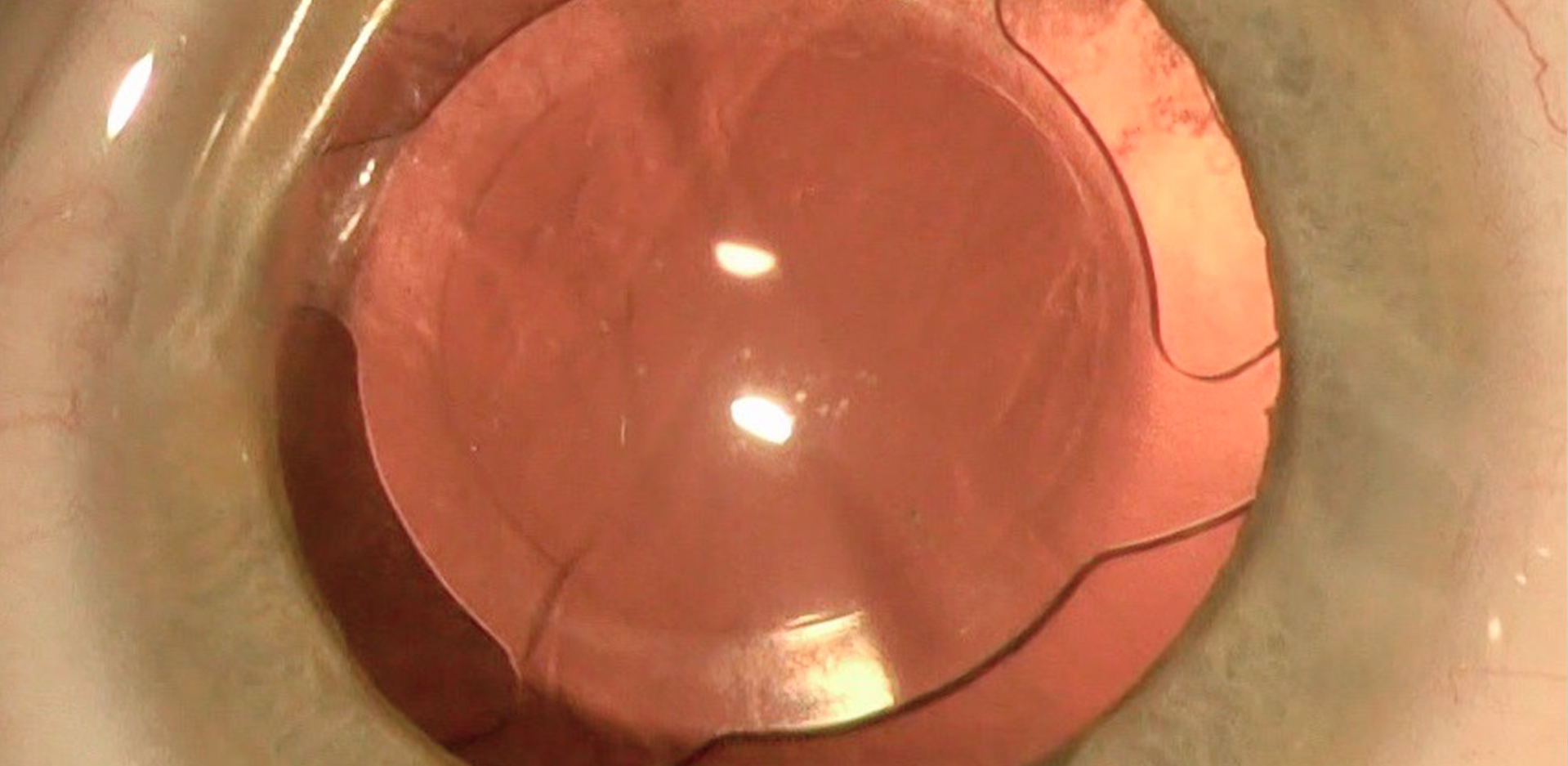Purpose: To compare objective quality of vision in patients undergoing phacoemulsification with implantation of a bilateral segmented multifocal intraocular lens (SMIOL).
Methods: A retro-prospective study included 110 eyes of 55 patients who underwent cataract surgery with bilateral SMIOL implantation. Patients were divided according to the type of implanted intraocular lens into group 1 (SBL-2, 62 eyes) and group 2 (SBL-3, 48 eyes).
Postoperatively, monocular and binocular uncorrected distance visual acuity (UCDVA), corrected distance visual acuity (BCDVA), uncorrected intermediate visual acuity (UCIVA, at 66 cm), uncorrected near visual acuity (UCNVA, at 40 cm), corrected near visual acuity (BCNVA) and defocus curve were measured and evaluated. The follow-up period was 6 months.
Results: Mean UCDVA in group 1 (SBL-2) was 0.010 ±0.15 LogMAR monocularly, 0.01 ±0.10 LogMAR binocularly, and in group 2 (SBL-3) was 0.02 ±0.11 LogMAR monocularly and -0.07 ±0.09 LogMAR binocularly. Binocular defocus curves showed that the SBL-3 group performed better than the SBL-2 lens at a vergence of -1.50 D corresponding to 66 cm (center distance), averaging 0.03 ±0.11 LogMAR, while the SBL-2 group averaged 0.12 ±0.14 LogMAR (p = 0.01). The -2.50 D vergence characterizing near vision (40 cm) was achieved by the SBL-2 lens in our study at 0.33 ±0.15 LogMAR and by the SBL-3 lens at 0.00 ±0.11 LogMAR (p = 0.00).
Conclusion: Both SMIOLs provided very good vision at all tested distances 6 months postoperatively. The SBL-2 lens performed better in UCIVA, while the SBL-3 lens excelled in UCDVA and UCNVA.

